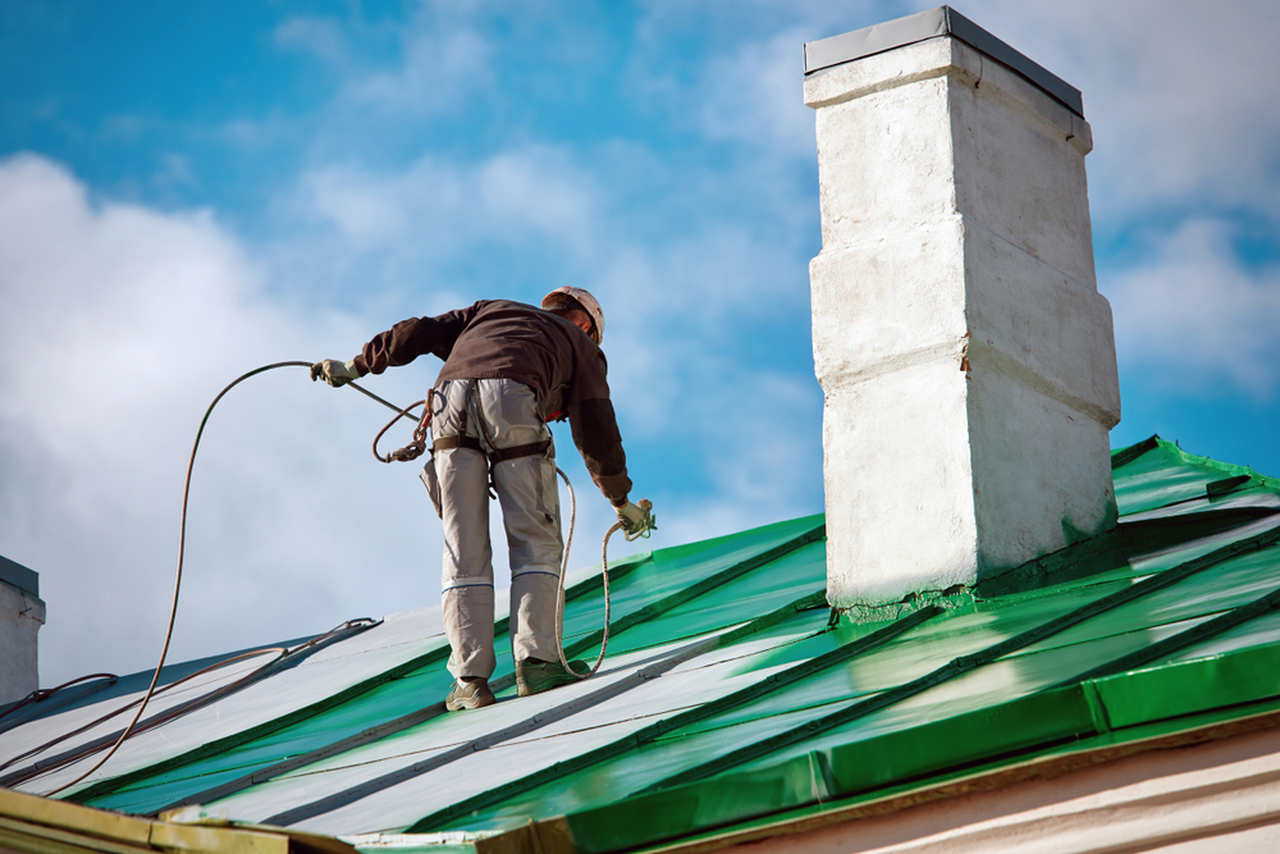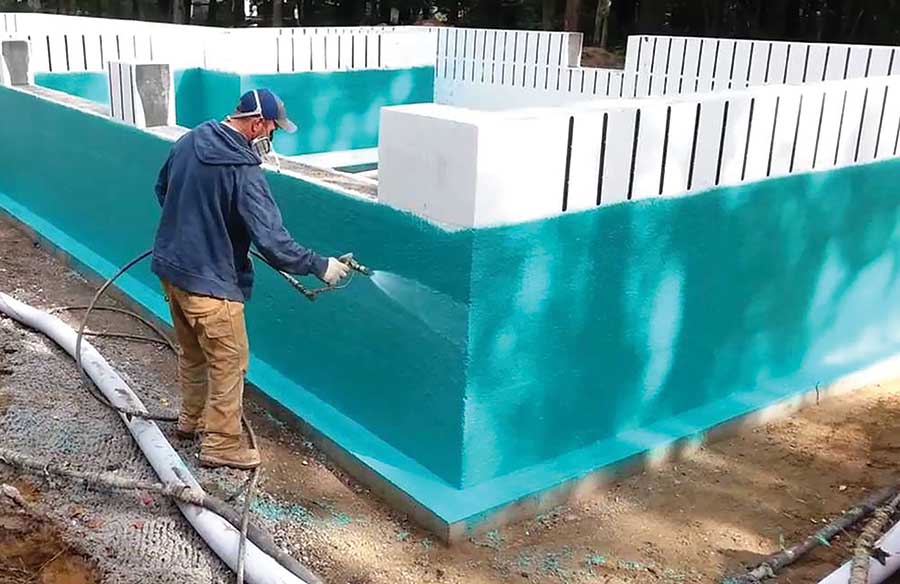Sorts of Waterproofing: Checking Out the Various Techniques and Their Applications
Waterproofing is an important facet of building and construction and upkeep. It shields structures from the harmful impacts of water damage. There are a number of methods readily available, each with its unique applications and advantages. From membrane systems to cementitious services, comprehending these options is vital for efficient execution. The selection of waterproofing method can greatly impact longevity and durability. Checking out these various methods discloses their distinct benefits and potential obstacles, triggering additional consideration of perfect options.
Membrane Layer Waterproofing Equipments
Membrane waterproofing systems function as a critical obstacle against water intrusion in different structures. These systems usually include thin sheets made from products like rubber, polycarbonate, or bitumen, which are put on surface areas to protect against wetness infiltration. They can be installed over or below quality and are especially effective in areas vulnerable to high water exposure, such as cellars, roofings, and foundations.The setup process involves cleansing the substrate, applying adhesives or primers, and exactly fitting the membrane layer to assure total protection. Membrane systems can be either totally adhered, mechanically connected, or laid loose, depending on the details demands of the task. They provide durability and adaptability, fitting architectural movements without endangering their waterproofing capacities. Moreover, these systems can be enhanced with additional layers for enhanced protection. Ultimately, membrane waterproofing systems are crucial for protecting structures versus water damage and keeping long-lasting stability.
Liquid-Applied Waterproofing Coatings
Liquid-applied waterproofing coverings offer a functional remedy for securing surfaces from water seepage - French drain installation Omaha. These coatings include fluid products that, when applied, form a seamless, flexible membrane. Their flexibility permits application on different substratums, including concrete, metal, and timber. The finishings can be used in varied settings, from property to commercial settings, making them appropriate for roofings, structures, and below-grade structures.One significant advantage of liquid-applied layers is their ability to satisfy uneven forms and pass through cracks, creating a durable barrier against wetness. They commonly display excellent adhesion residential properties and resistance to UV radiation, guaranteeing long life and toughness. Additionally, the application procedure is normally straightforward, permitting fast installment and lowered labor prices. This method additionally decreases the risk of water pooling, as the continuous layer effectively directs water far from susceptible locations. In general, liquid-applied waterproofing finishes are a reliable selection for thorough water defense
Cementitious Waterproofing Solutions

Cementitious waterproofing remedies supply a robust option for frameworks requiring dependable wetness defense. These systems sites mostly use a mix of cement, sand, and chemical additives to create a water-proof obstacle. They are typically put on surface areas such as concrete wall surfaces, foundations, and floors, offering a durable, resilient defense against water intrusion.One of the key benefits of cementitious waterproofing is its ease of application; it can be applied making use of a brush, roller, or spray, making it suitable for different project sizes. Additionally, this approach works with many surfaces and can frequently be utilized combined with various other waterproofing techniques.Cementitious solutions are especially effective in settings where water direct exposure is an issue, such as basements or below-grade frameworks. Their outstanding bond residential or commercial properties ensure that they bond well with substratums, giving a strong and impenetrable layer against dampness infiltration.
Bentonite Waterproofing
Bentonite waterproofing is an extremely reliable method that uses salt bentonite clay to produce a natural obstacle against water. This method makes use of the distinct properties of bentonite, which expands upon contact with water, sealing any possible leakages and protecting against dampness infiltration. It is generally made use of in different applications, including structure wall surfaces, passages, and preserving walls, where water resistance is essential.Bentonite can be applied in numerous types, such as panels or coverings, supplying adaptability in setup. Its capability to self-seal makes it an attractive choice for areas subject to shifting dirt or changing water levels. Additionally, bentonite waterproofing is eco pleasant, as it is a natural material that does not introduce harmful chemicals right into the environments.
Drain and Outside Waterproofing Equipments
Effective waterproofing usually includes a combination of methods, including drain and exterior systems. Drainage systems, such as French drains and sump pumps, are designed to redirect water away from frameworks, decreasing hydrostatic pressure versus structures. These systems web are important in protecting against water accumulation that can cause structural damage and mold and mildew growth.External waterproofing, on the other hand, involves applying safety barriers to the structure's exterior. Methods visit the website such as the setup of water-proof membrane layers, finishes, or sealers can help avoid water infiltration. This technique not just safeguards the foundation however additionally boosts the overall longevity of the structure.Together, water drainage and outside waterproofing systems develop an extensive remedy to handle water successfully. By carrying out these techniques, building owners can secure their investments versus the destructive results of moisture, making sure long-lasting security and security for their structures.
Often Asked Concerns
How Do I Choose the Right Waterproofing Technique for My Project?
Selecting the best waterproofing technique depends upon factors such as task kind, environmental conditions, budget, and wanted longevity. Assessing these elements permits notified decisions customized to certain requirements and requirements.

Can Waterproofing Be Applied in Winter Issues?
Waterproofing can be used in chilly weather condition problems, yet it requires particular materials and strategies. Cold temperature levels might impact healing times and bond, necessitating mindful selection of items created for low-temperature application.
What Are the Usual Indicators of Waterproofing Failing?
Typical signs of waterproofing failure include noticeable water spots, peeling off paint, damp odors, mold and mildew growth, and cracks in walls or foundations. Landscape drainage Omaha. These indications suggest that wetness is passing through the barrier, endangering its performance
Just How Lengthy Does Waterproofing Last Before Needing Upkeep?
The durability of waterproofing differs, usually lasting between 5 to ten years. Elements such as worldly quality, ecological problems, and upkeep techniques affect its sturdiness, requiring regular inspections to assure efficient security versus water intrusion.
Are There Eco-Friendly Waterproofing Options Available?
The concern of green waterproofing alternatives exposes an expanding passion in sustainable materials (Sump pump discharge drainage Omaha). Numerous natural substances, such as plant-based sealants and recycled products, use efficient remedies while lessening environmental impact, attracting environmentally mindful customers